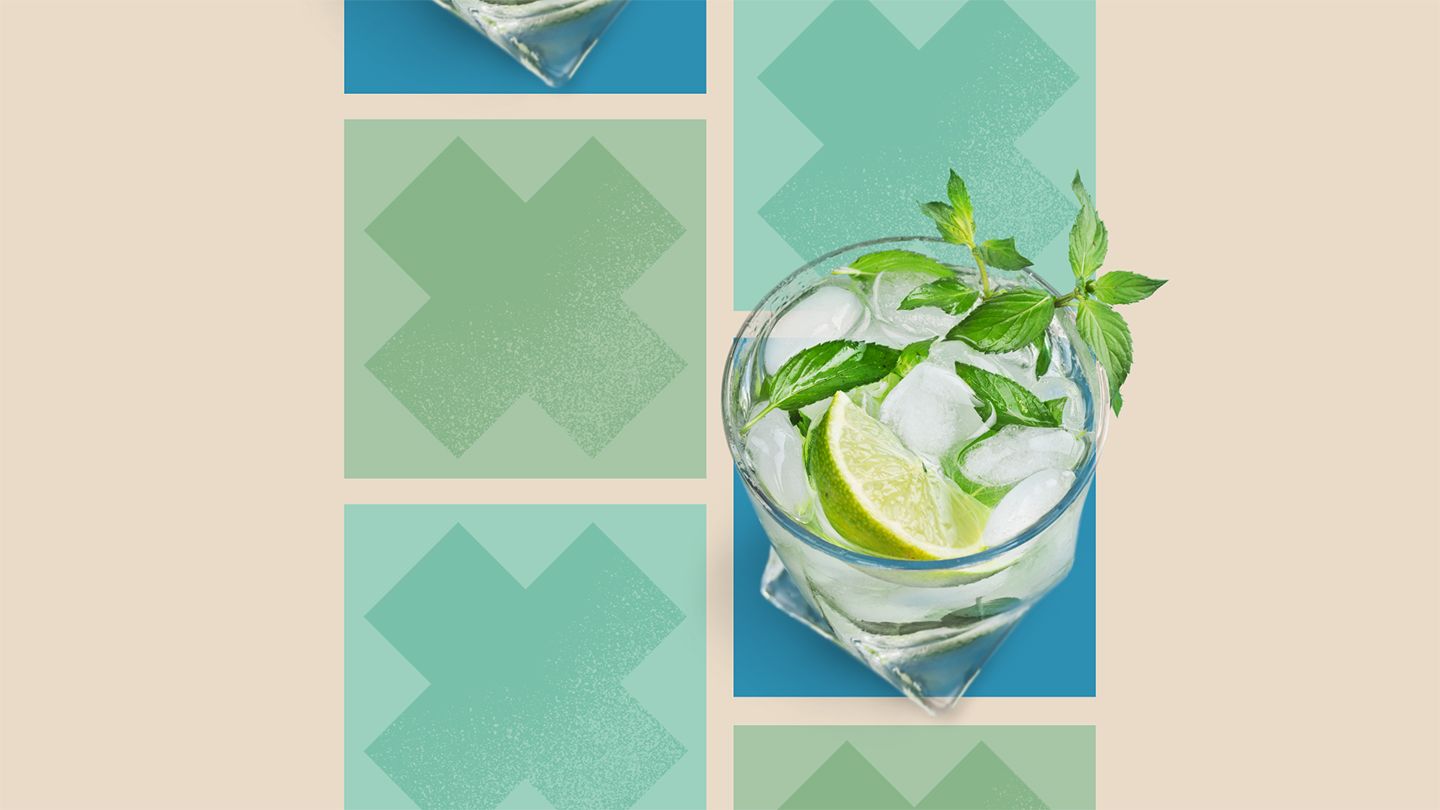Damp January may mean something different to everyone who partakes. Dry January is more straightforward: absolutely no alcohol — whether wine, beer, spirits, or cocktails — for 31 days, explains Hilary Sheinbaum, a journalist in New York City and the author of The Dry Challenge and Going Dry: A Practical Guide to Drinking Less and Living More. She first tried an alcohol-free month in January 2017 on a bet — and has been continuing the tradition ever since.
“Don’t get me wrong: I’ve done damp months, and one-drink months, too, but I personally find that abstaining from alcohol over the course of 31-plus days has the most positive impact on my physical and mental health,” she says. “And, Dry January has become a tradition that I really enjoy participating in and look forward to — especially after the holidays.”
For other people who may treat Dry January like a fad diet that crashes and burns, though, Damp January may be a better idea. “We recognized that for many people, moderating their alcohol intake can be much more beneficial and compelling than quitting cold turkey or complete abstinence,” says Vedant Pradeep, the cofounder and CEO of the alcohol-reduction app Reframe.
“If you’re super-restrictive [about your drinking], there’s a good chance it’s going to come back at the end of the month with a vengeance,” notes Bonnie Taub-Dix, RDN, a registered dietitian in New York City and the author of Read It Before You Eat It: Taking You From Label to Table.
Instead, she suggests, experiment with cutting back to see if, for example, your sleep woes may actually be tied to booze or your nightly wine-while-cooking habit can be painlessly replaced with a nice tea or tonic. “It may teach you that you don’t need to drink as much as you thought,” she says.
Read the full article here




